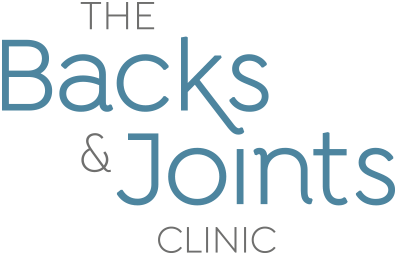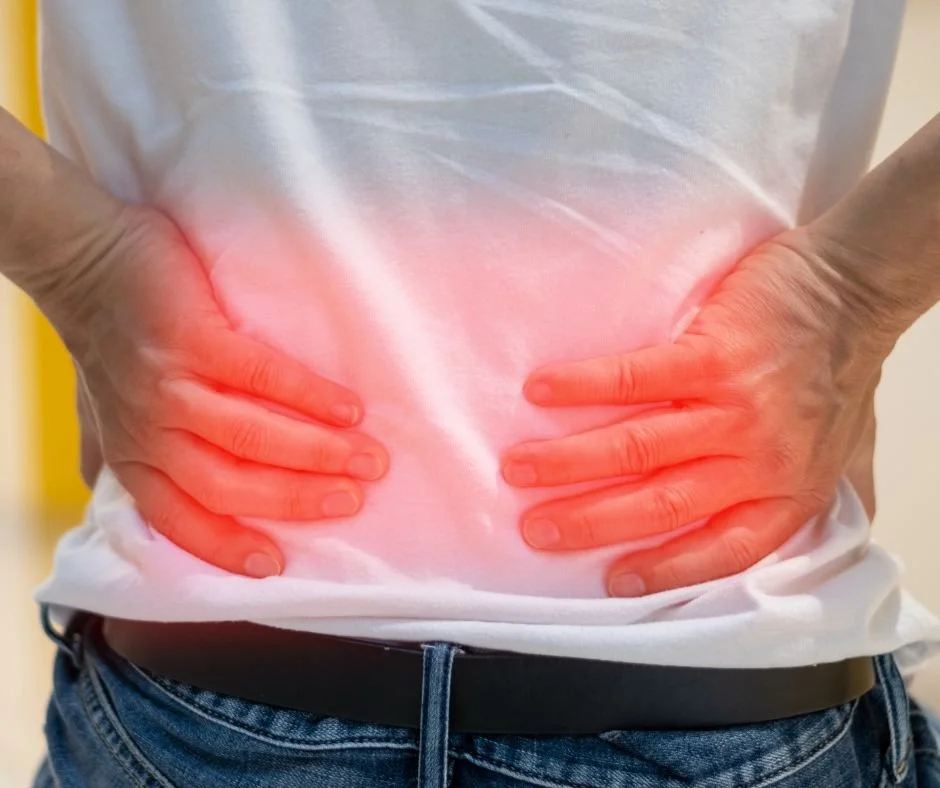I think I have slipped a disc
We have all heard about slipped discs, also referred to as disc bulges, herniated disc, ruptured or prolapsed discs.
But what are the discs and are they the cause of your back pain?
What is a disc?
The disc is located between the vertebrae. Its main function is distributing pressure/weight and trauma AWAY from the spine. As you probably know, the spine contains the spinal cord - our central nerve system controlling everything to do with our body. So, in essence, the disc protects the spinal cord.
The disc has a firm fibrous layer on the outside with a thick liquid inside which moves as you move - particularly bending and lifting. By keeping the outer layer strong and avoiding injury you are protecting the inner fluid function and health.
How do I damage my disc?
Discs, like other tissues, degenerate with age - drying up and becoming less effective at cushioning. But you can also tear the outer fibres of of the disc with a repetitive exercise such as constant twisting, or a sudden heavy load. This can start by causing a small tear that progresses further with relatively innocuous actions such as coughing or turning over in bed. Many people describe a history of intermittent episodes of mild back pain.
What are the symptoms of a disc problem?
Many people experience no symptoms and are first aware when a disc bulge is identified on an MRI scan. However, if the disc is protruding and putting pressure on a nerve this can lead to pain. The pain is often described as 'sharp', 'like an electric shock' or 'burning'. It is worse when standing, walking or sitting. The pain tends to be on one side and can be accompanied by pins and needles or numbness in the leg - the leg pain is often worse than the back.
What is the treatment for a disc problem?
Most disc problems improve in 3-6 weeks. Initial treatment is usually conservative care - pain medication, stretching and home exercise, heat, ice and gentle activity - dependent on how much the patient can manage. If there is no improvement further investigations such as MRI can be done. Dependent on the results you may have a spinal injection to decrease inflammation, or surgery to remove part of the disc. Surgery is always a last resort as it can lead to side effects.
How can a chiropractor help?
We are trained to distinguish disc problems from other back issues and are able to give you the right exercises in the early stages to aid recovery without further intervention. Chiropractic treatment can help by taking pressure off the nerve through gentle manipulation of tissues - supporting the healing of the disc injury.
We can also give you ergonomic advice for correct lifting, gardening and working postures. Not only will this help if you have a problem, but can also prevent problems from worsening. It will keep discs as healthy as possible, hopefully avoiding rupture and the consequential symptoms and pain.
Having stronger back muscles will put less load and strain on the discs. We are all about prevention rather than cure!

